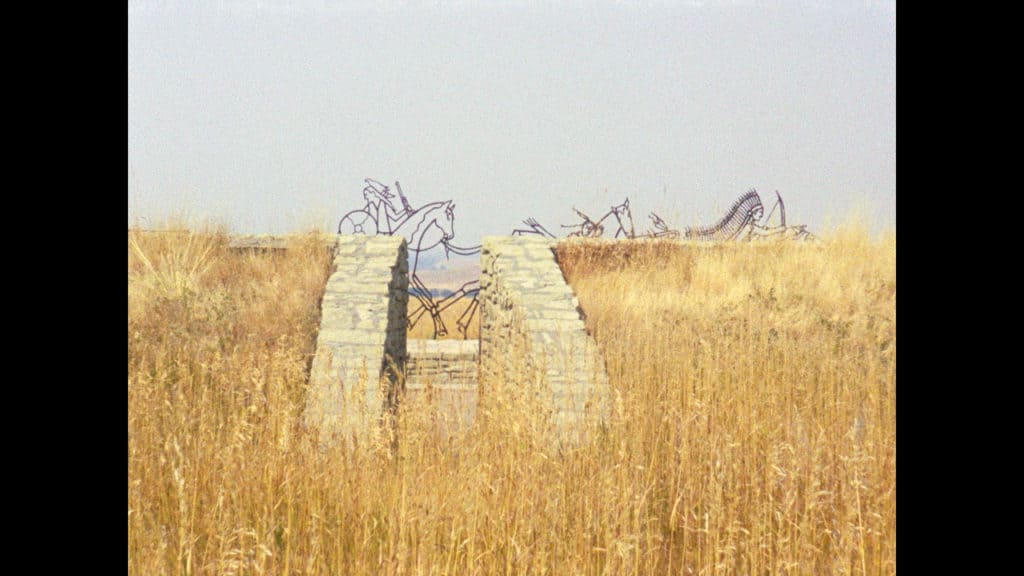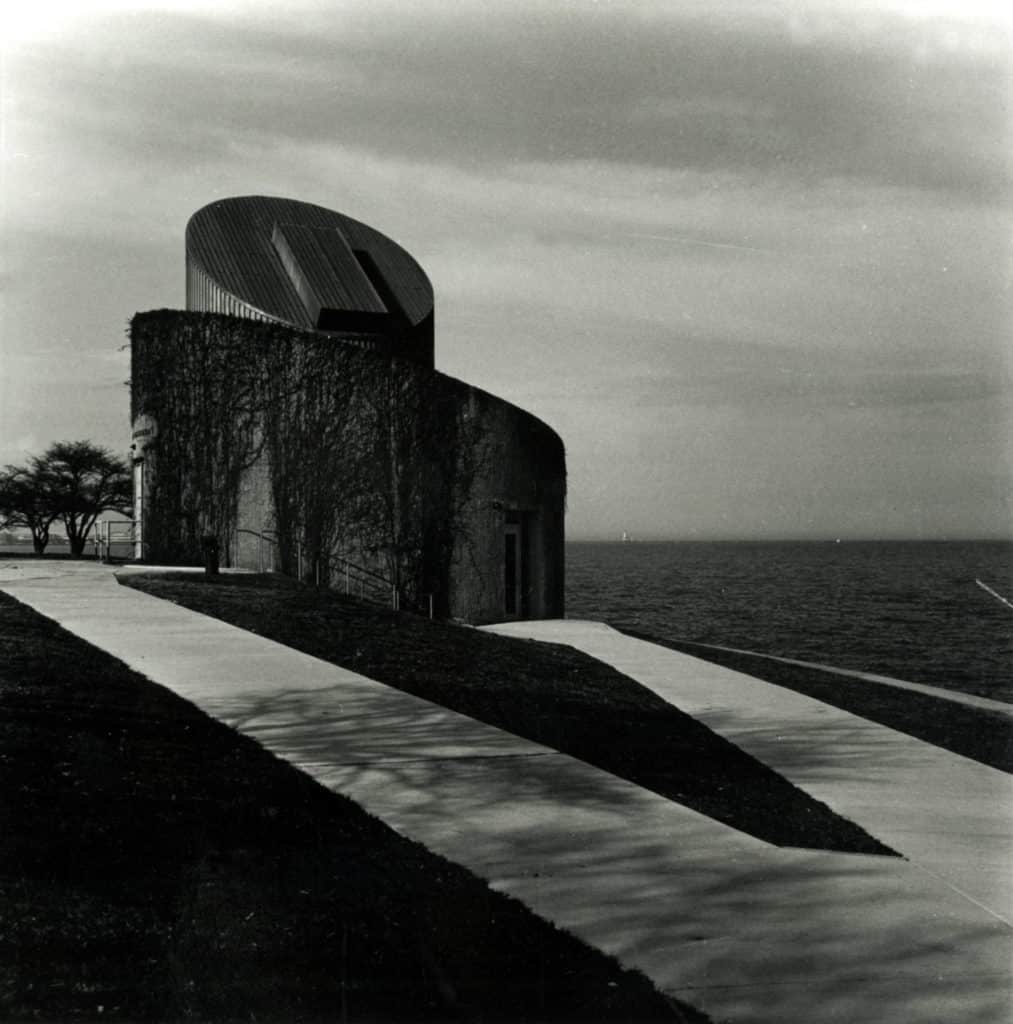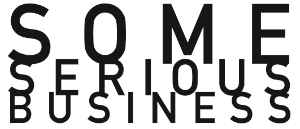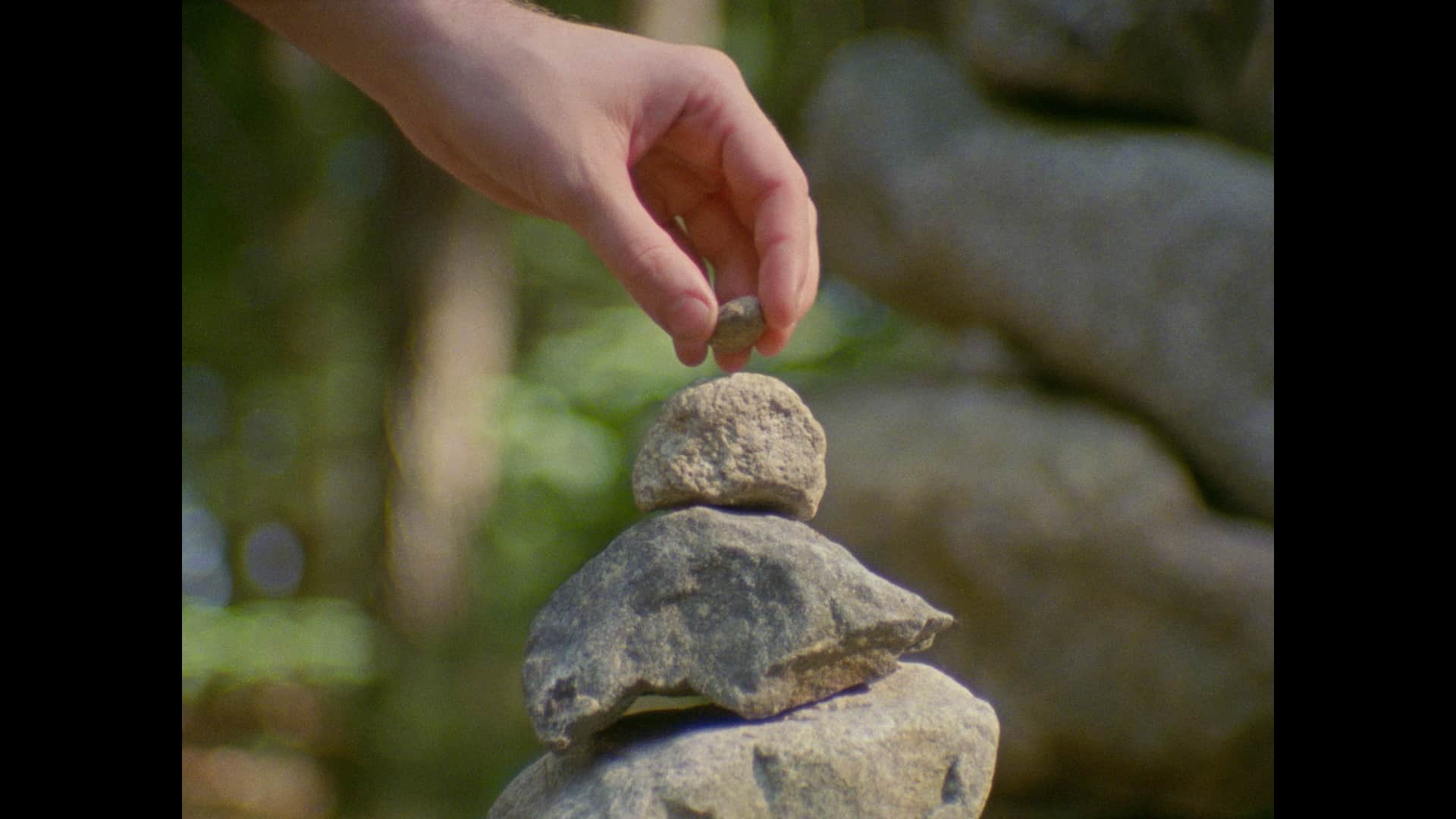Still from Mythic Frontier, 16mm, 2018
It would seem there exists, at some deep level of the human psyche, a connection between pathfinding and law. —Bruce Chatwin, 1987
SSB welcomes artist Sam Rosner for a two-week artist residency in Plaza Blanca, Abiquiu, from October 13–27, 2018. Her project while in residence at our space (affectionately nicknamed The Mudball) responds to the trans-historical landscape of northern New Mexico, with a particular focus on the rock formations of Plaza Blanca, the cave dwellings of Mesa Verde, and the petroglyphs located around Abiquiu.
The documentation of landscape in painting and writing have been primary methods of expressing the connections between people and land. During European conquest of the Southwest, the displacement and excavation of North America’s Indigenous population has created a historic rupture that has illegally removed the original inhabitants of the land, leaving mostly remnants and ruins for academic analysis.

Still from Mythic Frontier, 16mm, 2018
The landscape of Northern New Mexico is patterned with cliff dwellings, empty foundations, and petroglyphs, all of which evoke past inhabitants and cultures and suggest a narrative, cultural landscape. Landforms and rock formations were used to locate historical events and act as place markers for both navigational and community-building purposes. Place names were of particular importance, and were used to recount lessons and teach young community members ethics and survival skills. Without knowledge of these stories or the original contexts for place names, can the landscape still act as a teaching tool for newcomers to the land, as well as for those whose connection to the land has been severed through white assimilation practices and re-education?

Accumulation, 120mm film, 2015
Rosner’s practice revolves around the central themes of arrival and displacement: My practice relies on field research and recording, and I use film, sound recordings, and photography as my tools. Film strips create a navigational line, each frame of which is composed of both time and space. As we’re living in a time with the largest number of displaced people in modern history, I question if there can be a re-imagining of what it means to be indigenous to a place, if national identity can be reformed or eliminated, and if newcomers can learn community lessons from the land itself? These questions assume a duality of indigenous/non-indigenous, but I wonder if that duality can be exploded and reimagined into something more fluid.
During her time in Abiquiu, Rosner will use video and field recordings to create a short documentary that sits in the landscape, observes its features, and attempts to reconcile its history. Using contact mics, she will create recordings that “sound” the land and capture its vibrations. In so doing, inanimate objects contribute to the construction of a total portrait of the land, but also mitigate the intruding effects of documentation.

